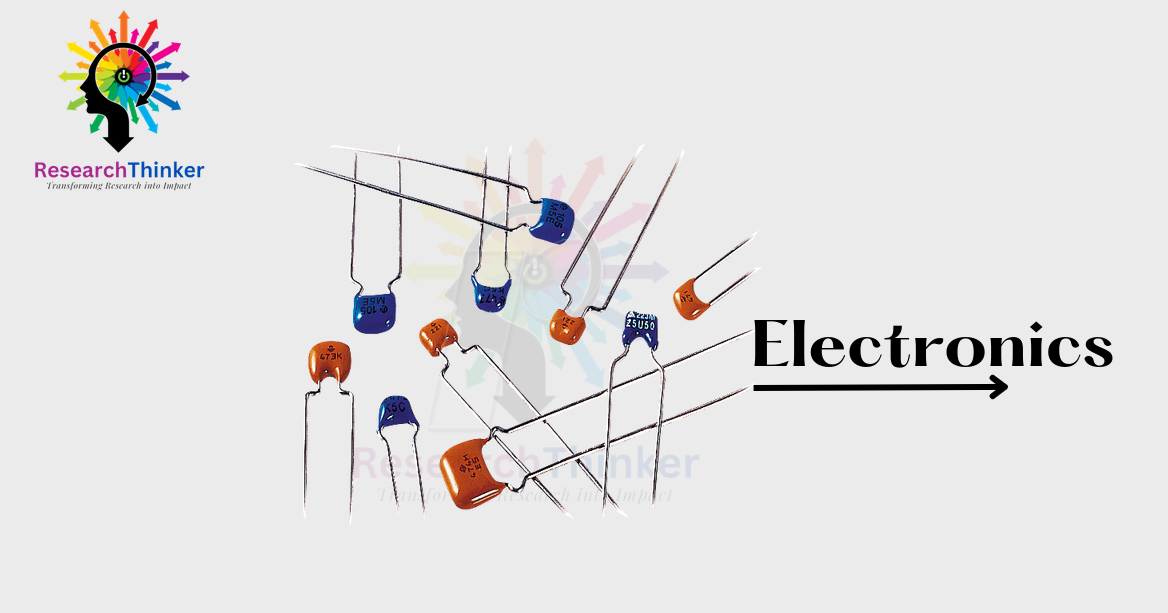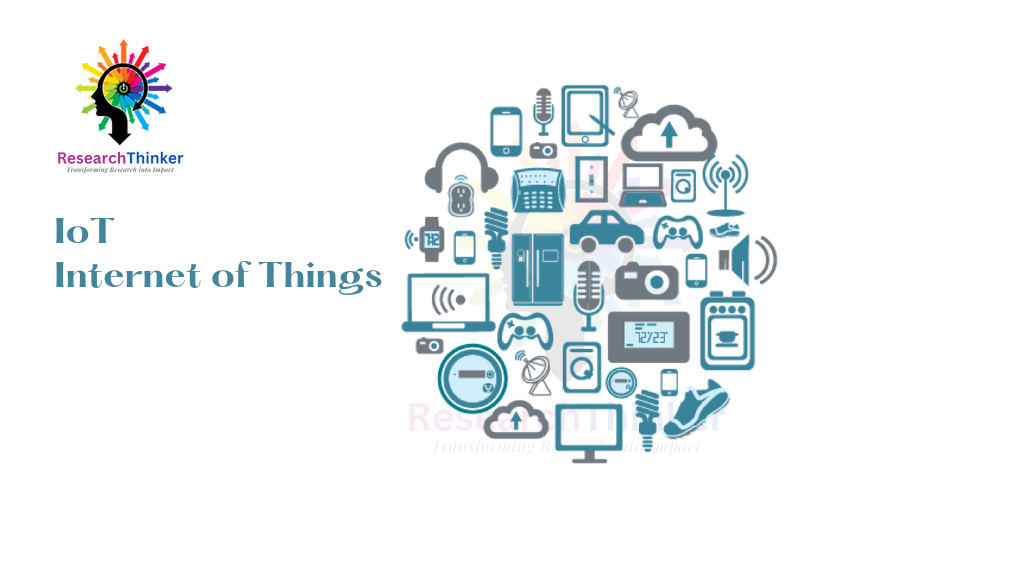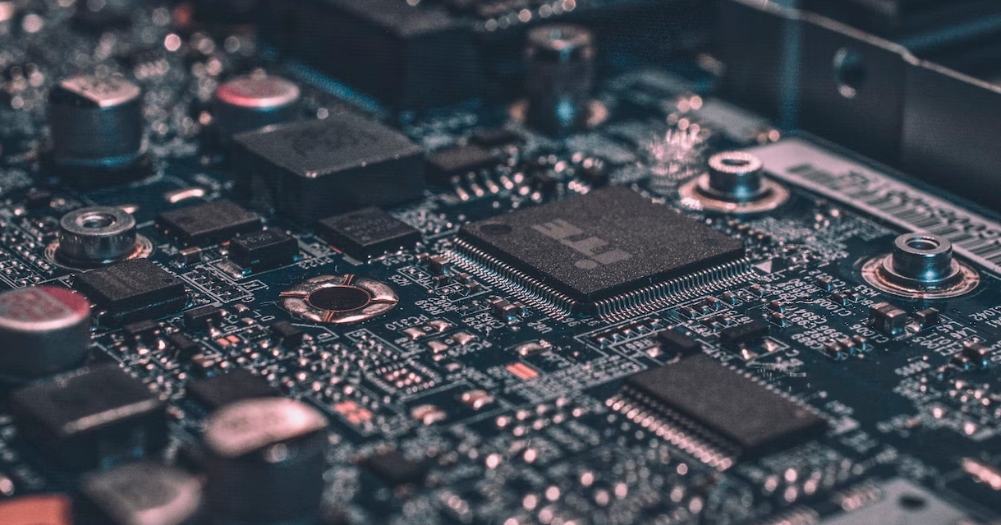UART vs I2C vs SPI
UART, SPI, and I2C are popular interfaces used for communication between various devices. All three are used to transfer data between microcontrollers, sensors, and other peripheral devices. In this article, we will compare UART, SPI, and I2C and highlight the differences between them.
UART (Universal Asynchronous Receiver Transmitter) is a serial communication protocol that uses two lines to transmit data, one for data transmission and one for receiving data.
UART is widely used for applications such as debugging and firmware updates, as it is simple and easy to implement. UART is used in devices that require low-speed data transmission, and it has a slower data transfer rate compared to other interfaces.
SPI (Serial Peripheral Interface) is a synchronous serial communication protocol that uses four lines to transfer data, one for clock (SCLK), one for data output (MOSI), one for data input (MISO), and one for chip select (CS). SPI is faster than UART, but requires more pins. It is commonly used for communication between microcontrollers and peripheral devices, such as sensors and memory chips.
I2C (Inter-Integrated Circuit) is also a serial communication protocol, but it only uses two lines for data transfer, one for data (SDA) and one for clock (SCL). I2C is a slow communication interface, but it is simple and easy to implement, making it ideal for small systems where only a few peripherals need to communicate with each other.
In terms of functionality, UART is used for simple and low-speed data transmission, while SPI and I2C are used for more complex and faster data transfer. The difference in speed between the three interfaces can be attributed to the number of lines used and the synchronization method. UART uses asynchronous communication, while SPI and I2C use synchronous communication.
In terms of pin usage, UART requires only two pins, making it ideal for small devices, while SPI requires four pins, and I2C requires two pins. The number of pins required can affect the design of the system and the cost of the device.
Some real-world examples of the UART, SPI, and I2C interfaces
UART:
- Debugging serial communication between a microcontroller and a computer using a UART-to-USB converter.
- Updating the firmware on an embedded device using a UART connection.
SPI:
- Communicating with a display screen, such as an OLED or TFT, using an SPI interface.
- Transferring data between a microcontroller and an SD card using an SPI interface.
I2C:
- Reading data from multiple temperature sensors connected to a microcontroller using an I2C interface.
- Communicating with a keyboard or touchpad in a laptop computer using an I2C interface.
These are just a few examples of the various applications of UART, SPI, and I2C interfaces. The choice of interface will depend on the specific requirements of the application, such as data transfer speed, number of pins required, and the complexity of the system.
Comparison between UART, SPI, and I2C interfaces:
| Feature | UART | SPI | I2C |
|---|---|---|---|
| Communication Type | Asynchronous | Synchronous | Synchronous |
| Number of Lines | 2 | 4 | 2 |
| Speed | Low | High | Medium |
| Pin Usage | Simple, 2 Pins | Complex, 4 Pins | Simple, 2 Pins |
| Use Case | Debugging, Firmware updates | Microcontroller to Peripheral | Small Systems with few peripherals |
It is not possible to say which one is “better” as it depends on the specific requirements of the application..
UART is best for simple, low-speed data transmission, such as debugging or firmware updates.
SPI is best for fast data transfer between microcontrollers and peripheral devices, such as sensors and memory chips.
I2C is best for small systems where only a few peripherals need to communicate with each other, as it is simple and easy to implement.
Conclusion: UART, SPI, and I2C are all important interfaces for communication between microcontrollers and peripheral devices. The choice of interface will depend on the specific requirements of the application, such as data transfer speed, number of pins required, and the complexity of the system. When comparing UART, SPI, and I2C, it is important to consider the specific requirements of the application to determine the best interface to use.







